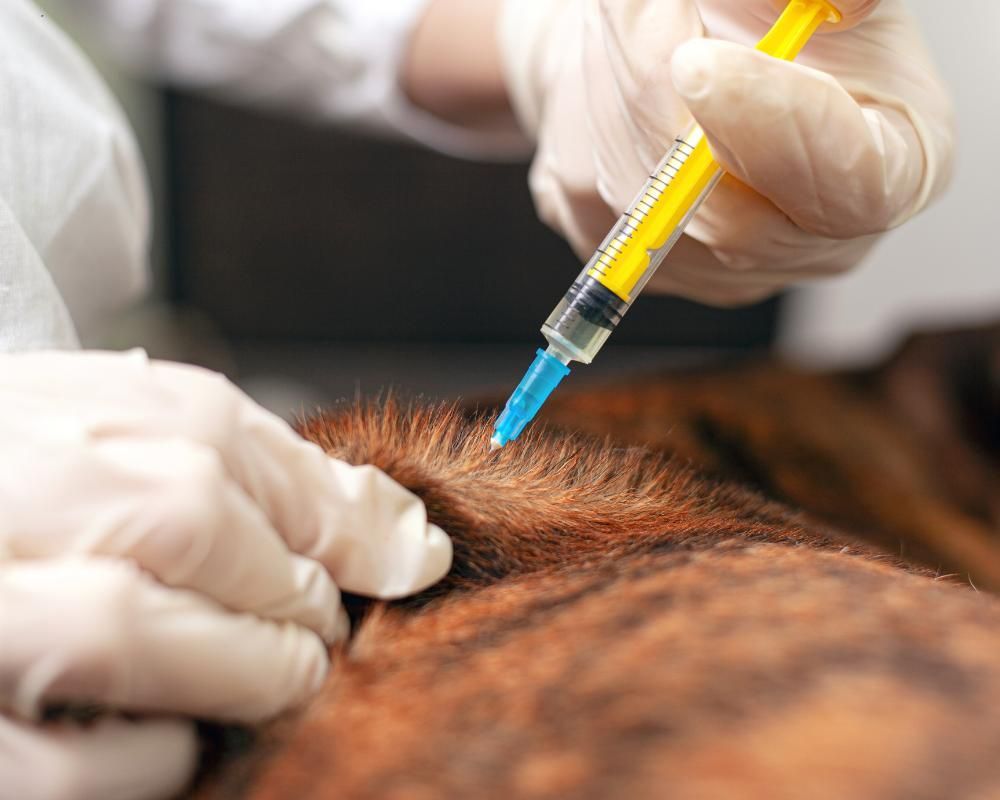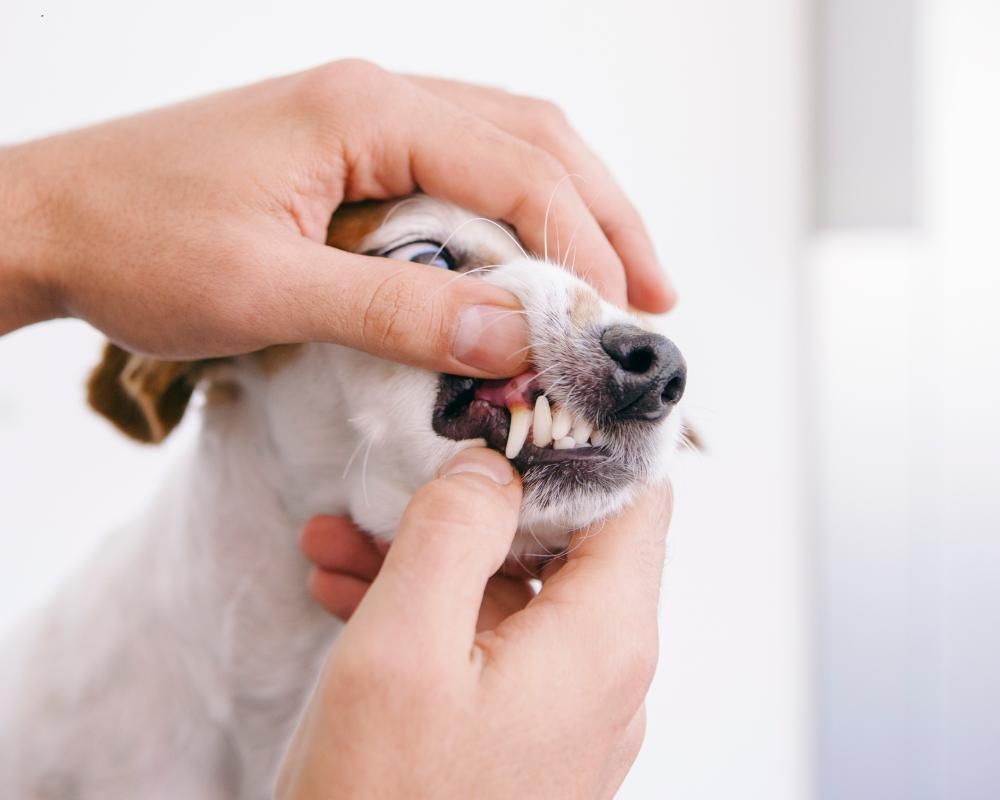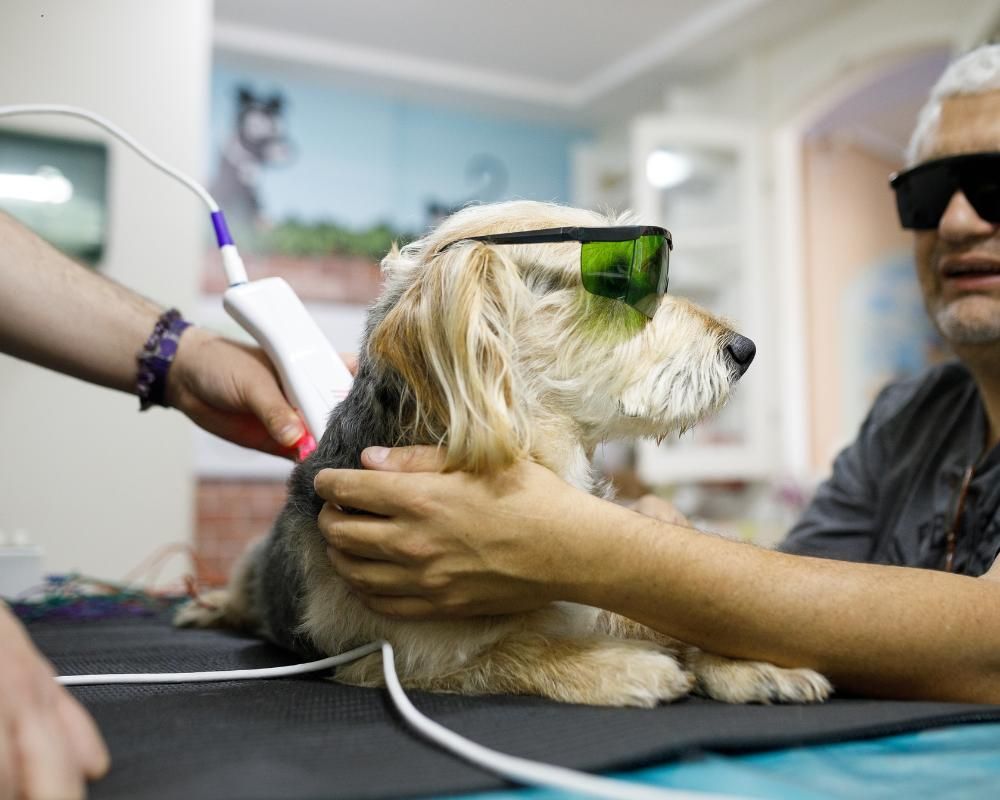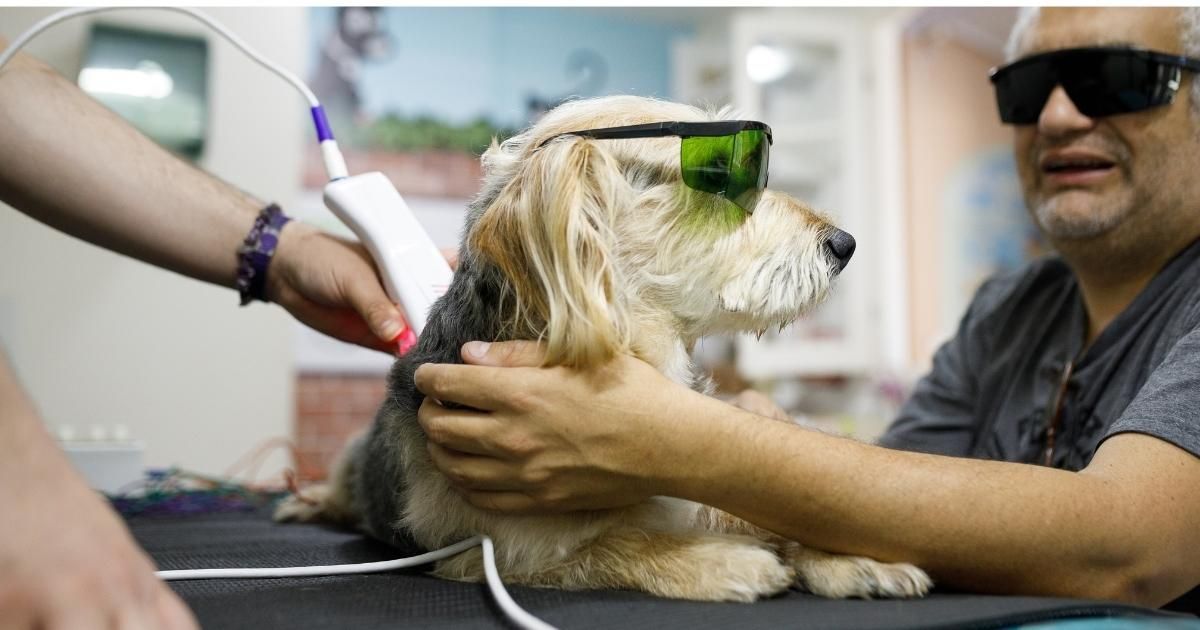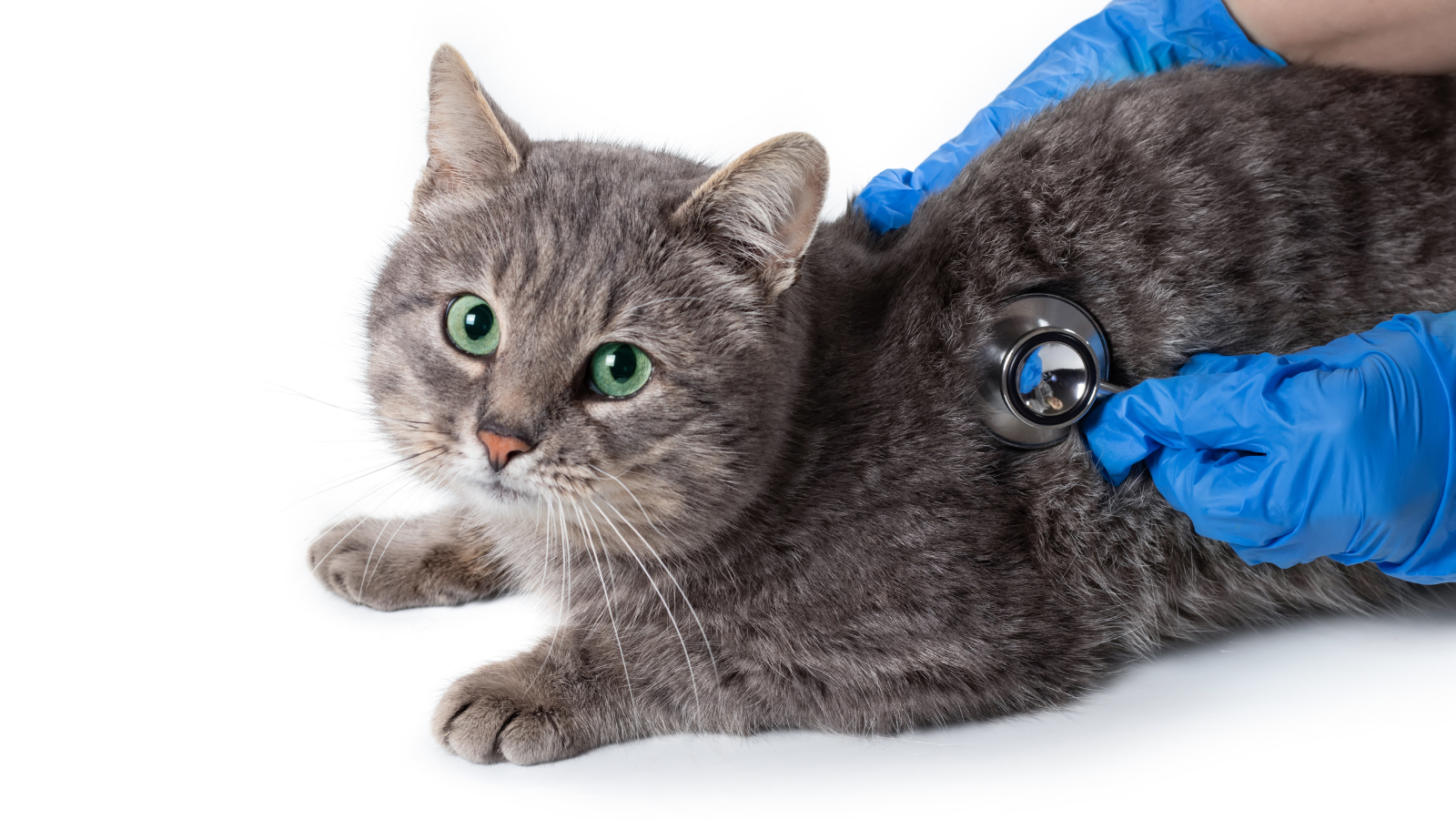Why Get Your Pet Microchipped?
webmaster • June 11, 2020
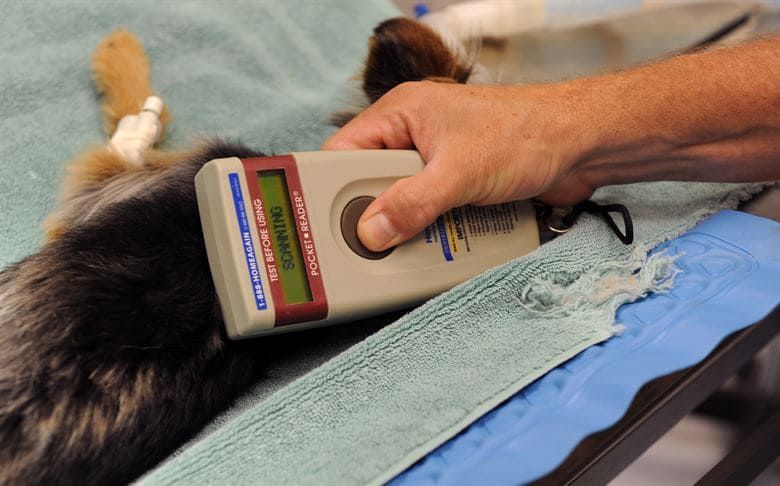
Find my phone apps. GPS tracking devices. Why do we buy these things? Because beloved family members are important to us. So, it makes perfect sense to bring this latest technological safety feature to your beloved family pet.
More and more people are choosing to microchip their pets for identification purposes. If your pet hasn’t been microchipped yet, now is the time to consider having a pet microchip implanted in your cat or dog. According to the American Humane Association, over 10 million pets are lost or stolen every year in the U.S. and one in every 3 pets will end up lost at some stage in their lives. A pet microchip can reduce your pet’s odds of being permanently lost or stolen dramatically. Here, we’ll share all the details about microchipping your pet, the benefits and other issues to consider.
More and more people are choosing to microchip their pets for identification purposes. If your pet hasn’t been microchipped yet, now is the time to consider having a pet microchip implanted in your cat or dog. According to the American Humane Association, over 10 million pets are lost or stolen every year in the U.S. and one in every 3 pets will end up lost at some stage in their lives. A pet microchip can reduce your pet’s odds of being permanently lost or stolen dramatically. Here, we’ll share all the details about microchipping your pet, the benefits and other issues to consider.
What is a Microchip?
Pet microchipping involves your veterinarian implanting a permanent radio-frequency identification chip just under your pet’s skin between the shoulder blades at the back of the neck. They’re basically tiny computer chips, roughly the size of a grain of rice, and each chip contains a registration number and other information unique to your pet. That information is then detectable using a microchip scanner. No battery or power required! No parts to break! A simple procedure invaluable to reuniting pets with owners.
The Ins an Outs and Benefits of Microchipping
You may wonder if this operates as a GPS microchip for dogs or cats. Though microchips are not trackable in the way a GPS device works, the benefits of a pet microchip are abundant. Microchip providers are responsible for greatly increasing chances of lost or stolen pets being recovered, such as HomeAgain Microchip boasting over 1,000,000 pets having been reunited with their families and continuing to help recover about 10,000 pets every month.
Pet Microchip Information Tracking
Once the microchip has been implanted, your pet needs to be registered with a pet registry service, typically included with the microchip company. This is the critical step of entering all the relevant contact information. The recovery service you choose should have access to different technologies and multiple microchip databases, such as a service that is a member of the AAHA (American Animal Hospital Association) which allows for checking against hundreds of registries’ databases using the AAHA universal pet microchip lookup tool. Through this simple procedure, according to AKC Reunite pet recovery service, pets that have been microchipped are up to 20 times more likely to be reunited with their families.
Once registered, owner information is easily accessible by using a microchip scanner that displays the information. Most shelters and veterinarians have these scanners and are able to contact the owner right away. Readers are not universal so it’s best to consider being chipped with a more common brand of microchip to increase the likelihood of your pet’s chip being read.
Once registered, owner information is easily accessible by using a microchip scanner that displays the information. Most shelters and veterinarians have these scanners and are able to contact the owner right away. Readers are not universal so it’s best to consider being chipped with a more common brand of microchip to increase the likelihood of your pet’s chip being read.

Lost or Stolen Pets
If the unfortunate happens and your pet becomes lost or stolen, pet recovery kicks in immediately. Alerts are instantly sent to volunteer pet rescuers in the area. These rescuers include animal shelters, veterinary clinics, and hundreds of thousands of individual volunteers who have signed up to receive alerts about lost pets in their neighborhoods. A pet microchip also provides definitive proof of pet ownership, particularly helpful in cases of stolen pets when ownership may be disputed.
Vaccination Records
Along with basic contact information, a microchip can store medical information connected to your pet. Though that information is kept confidential and is only accessible by an accredited veterinarian with a microchip scanner and access to a database.
Lineage and Breed
Included also on the pet microchip regarding your pet’s identity is its name, breed, and any illnesses or medication they may need. A trusted veterinarian would understand this information to know how to best care for your pet while waiting to be returned to its family.
Pet Transferring
Changing circumstances are an inevitable part of life and sometimes these lead to needing to rehome your pet. If your pet has found a new home with a new owner, transferring ownership is simple and easy. To transfer ownership, you would generally logon to your account with the pet registry service you chose, and it will walk you through the process of transferring ownership. If registered with multiple registries, each one will need to be contacted to update with the new owner information. Be sure you help your pet’s new owner understand what a microchip is and how the registry service works in the event of being lost or stolen.
Easy Traveling Abroad
Nothing could be more disconcerting than to lose your pet in unknown territory. So, while pet microchipping isn’t required while living within the U.S., having your pet microchipped for travelling through the U.S. will bring a greater peace of mind. This does reinforce the importance of making sure you choose a quality pet microchip company and choosing a universal registry that is more far-reaching. Be certain to talk to an accredited veterinarian about the best microchip option and getting registered for the most successful reunification.
Though pets living in the U.S. aren’t required to be microchipped currently, having your pet microchipped for international travel is required. Immigration officers match the information on your pet’s microchip to the veterinary documents presented for travel. There are many vaccinations and much paperwork required for international pet travel, therefore immigration’s goal is to ensure your pet aligns with the destination country’s requirements. International pet travel also requires a 15-digit ISO registration number so if this is something that may be part of your pet’s life, talk to your veterinarian about choosing the right microchip.
Though pets living in the U.S. aren’t required to be microchipped currently, having your pet microchipped for international travel is required. Immigration officers match the information on your pet’s microchip to the veterinary documents presented for travel. There are many vaccinations and much paperwork required for international pet travel, therefore immigration’s goal is to ensure your pet aligns with the destination country’s requirements. International pet travel also requires a 15-digit ISO registration number so if this is something that may be part of your pet’s life, talk to your veterinarian about choosing the right microchip.

Microchipping is Safe for Your Pet
The procedure for pet microchipping is considered a quick and safe procedure, done by using a needle to insert the chip between the shoulder blades just below this skin. The pain effect would be similar to a vaccination shot or having blood drawn, like a small pinch.
As with any medical procedure, there is always risk of side effects. There have been reports of a low risk of tumor growth at the site of the microchip and though this risk is low, it is something owners should be aware of when considering this procedure. Another low risk is chip migration. Though implanted just under the skin, if the microchip isn’t implanted deeply enough to secure itself to tissue, it could migrate downwards. Be certain to find an accredited veterinarian to complete this procedure to ensure proper implantation. Microchips last a lifetime, but it is a good idea to test annually to ensure that it’s readable.
As with any medical procedure, there is always risk of side effects. There have been reports of a low risk of tumor growth at the site of the microchip and though this risk is low, it is something owners should be aware of when considering this procedure. Another low risk is chip migration. Though implanted just under the skin, if the microchip isn’t implanted deeply enough to secure itself to tissue, it could migrate downwards. Be certain to find an accredited veterinarian to complete this procedure to ensure proper implantation. Microchips last a lifetime, but it is a good idea to test annually to ensure that it’s readable.
Other Considerations of Microchipping Your Pet
The benefits of pet microchips certainly outweigh the negatives. Here are some other things to consider when looking into microchipping your pets.
Moving With a Microchip
Microchips are only as good as how well you keep your records up to date. As soon as your pet is settled into its new neighborhood, be sure to contact each registry service your pet is registered with to update with the new address and any other relevant contact information such as new phone numbers. This is also a good time to have the microchip tested by your new local veterinarian.
How Much Does It Cost to Microchip Your Pet
Microchipping your pet is a relatively inexpensive and simple procedure. The one-time fee ranges anywhere from $40-$60 and often includes registration with a pet registry database, though you can always add your pet to other registry services. Weighing the benefits of quickly finding your pet vs. cost, the benefits far outweigh the low cost involved.
Contact Your Vet About Microchipping
Of course, the best course of action for your pets is preventative measures: stay current on your identification tags, keep your dog leashed when leashes are required, and refrain from letting your pet roam freely in unfenced areas. Though if pet microchipping seems like the kind of reinforcement best suited for your pet and your family, be sure to contact your veterinarian to further discuss the details on this procedure and the benefits involved.
If you are looking for an expert
veterinarian
in Lee's Summit, MO, call Chipman Road Animal Clinic
816-524-1886


